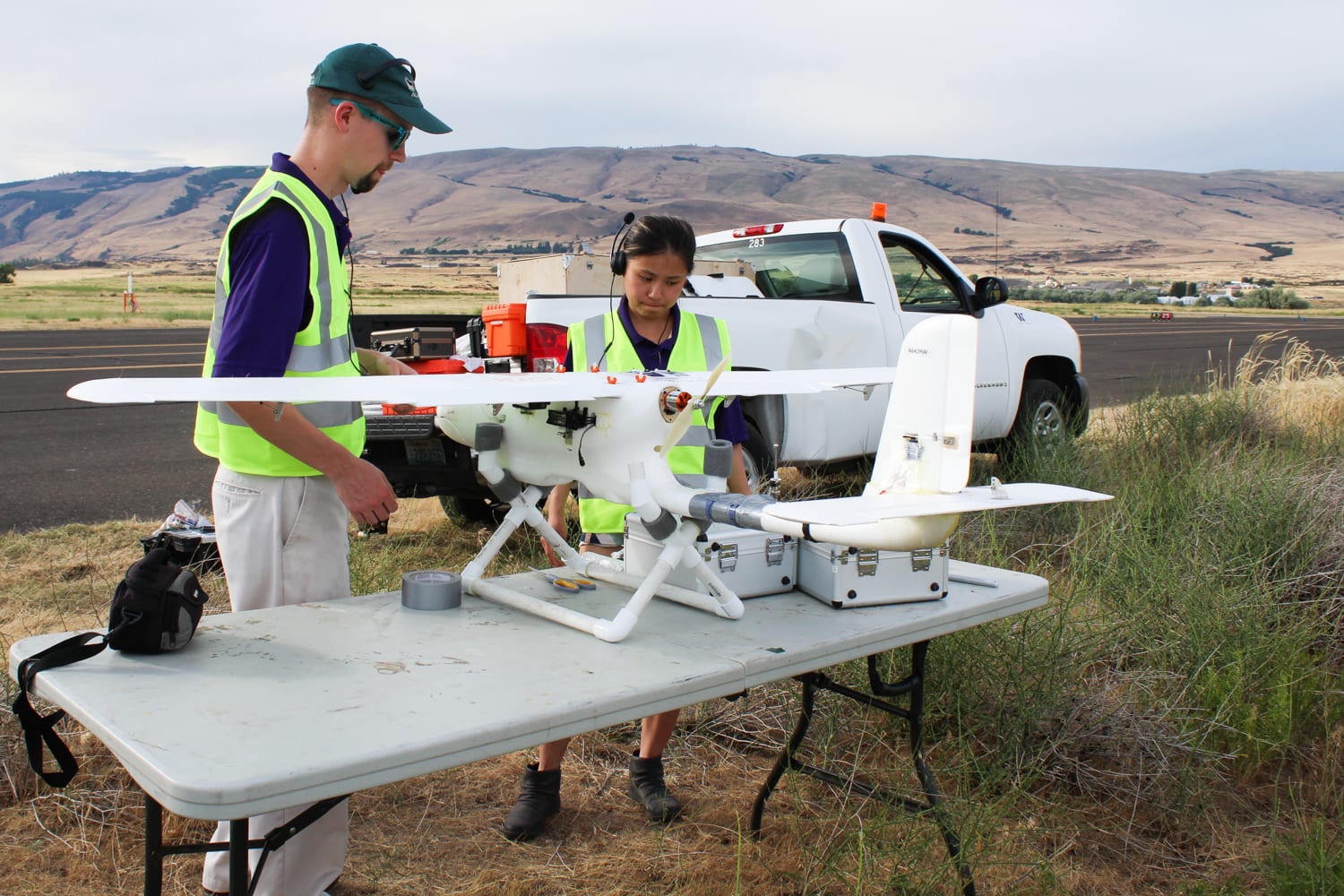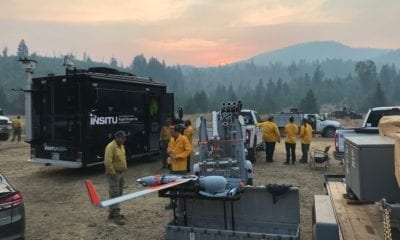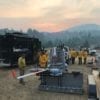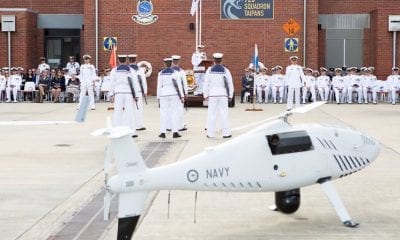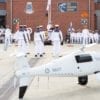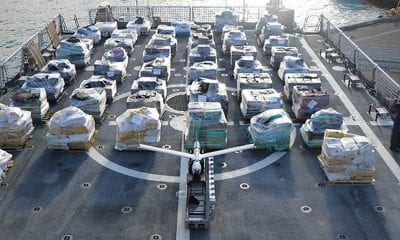An Aircraft Backup System for GPS Failure
The GPS is undeniably the most relied upon and commonly used navigation tool ‘on ground’ and in the air. However, there exists the possibility of being left directionless in case the GPS signals get blocked by say tall skyscrapers or trees. This can be particularly troublesome for drones that rely on GPS for navigation.
At the University of Washington researchers have developed a new method that acts as the aircraft’s backup in case GPS fails: An antenna on the ground that can tell the drone where it is. “Right now GPS is the one ring to rule them all: Without it, tiny drones all the way up to commercial aircraft can’t do their jobs. It’s a huge liability,” said Christopher Lum, a UW research assistant professor of aeronautics and astronautics and the director of the Autonomous Flight Systems Laboratory.
The team’s unmanned drones carry transponders on board that send signals to operators and any surrounding aircraft about their whereabouts.“A transponder is like Twitter for aircraft,” said Lum. “It blabs out information to anyone who’s listening, such as: ‘Here’s my GPS position, here’s my GPS position.’ Then everyone else knows where the aircraft is.”
In the case of GPS failure, the transponder sends signals. A large ground-based antenna array picks up the signals and then determines the aircraft location.
On June 12, at the Columbia Gorge Regional Airport, the Oregon team used an antenna array to test their system. The drone successfully completed its 1.25-mile flight path without using GPS, with only a slight deviation in flight path owing to strong winds.
The transponder makes this technique unique. “It’s the size of a pack of cards,” said Helen Kuni, an undergraduate student at the UW and the director of flight operations for the lab. “And the hardware that makes the system work is extremely simple. It’s really easy to stick it on an aircraft and make it work. It won’t add much weight to a small aircraft with weight limits.”
The ground-based antenna system is cumbersome, however. Currently, it works only when the team is flying a drone at an airport with that antenna system. With plans to expand the drones’ ranges, Lum will partner with T-Mobile to explore the use of cell phone towers to perform the same function.
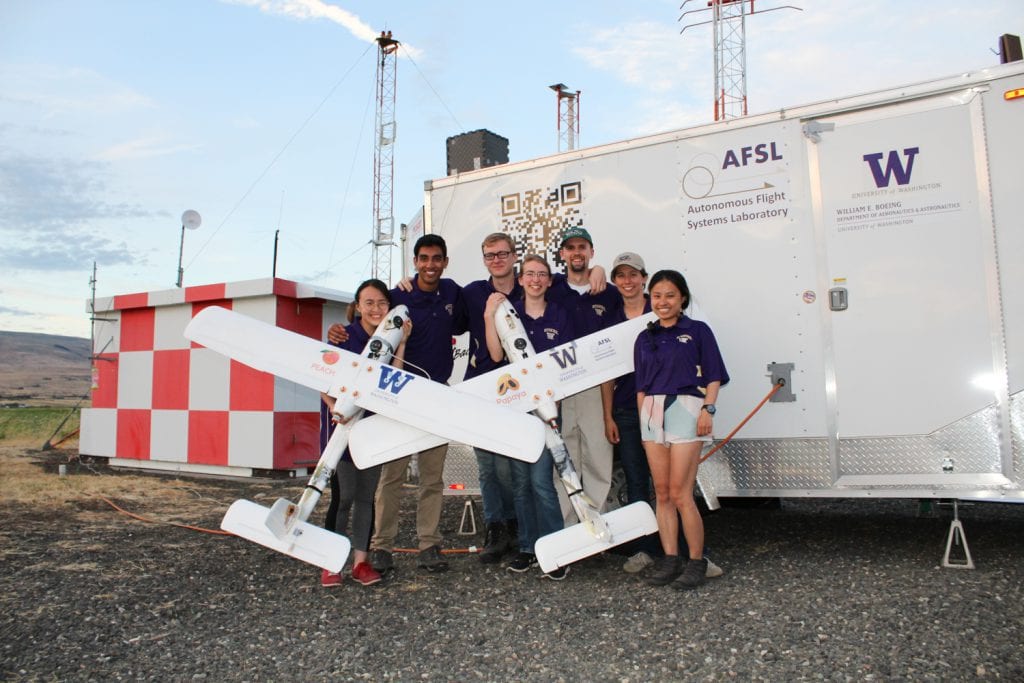
The team holding Peach (left) and Papaya (right) in front of the Autonomous Flight Systems Laboratory’s ground station trailer and the antenna array. From left to right: Kelly Lee, Ravi Patel, Joshua Brockschmidt, Helen Kuni, Cory Cantey, Hannah Rotta and Karine Chen.Credit: Autonomous Flight Systems Laboratory
“T-Mobile has got that black magic to know where a phone is located anywhere within their antenna array,” said Lum. Once the drones can fly larger distances without GPS, the team hopes to use them for transporting medical supplies to and from rural areas in the state of Washington.
UW students who contributed to this project include: Hannah Rotta, Cory Cantey, Ravi Patel, Karine Chen, Kelly Lee, Joshua Brockschmidt, Tinnabhand Patana-anake and Jacob Longhurst. The project is supported by the Advanced Navigation and Positioning Corporation, Hood Technologies, Sagetech Corp, Insitu and the Joint Center for Aerospace Technology Innovation.
For additional information, contact Lum at: lum@uw.edu.

